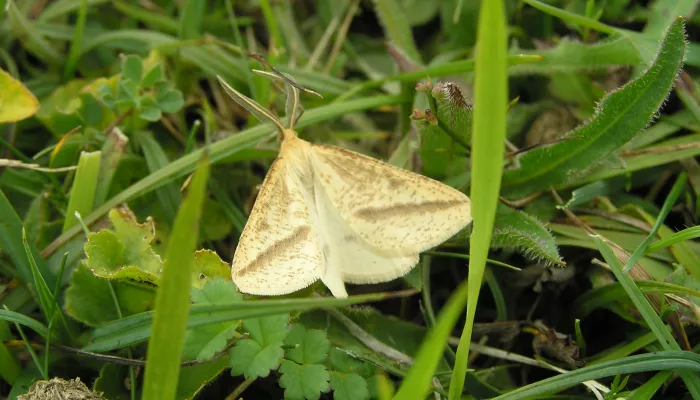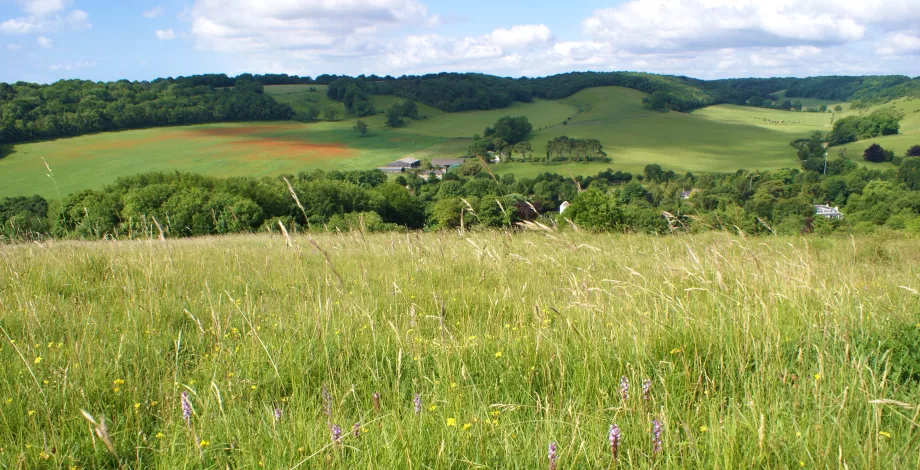The management of this site by Kent Wildlife Trust has created areas of coarse grass and broken short turf, which encourages a myriad of species to flourish. The habitat preference of Straw Belle for short, warm, herb-rich grassland with a mosaic of bare patches for early stages and tussocks for adult stages has been achieved through light cattle grazing.
Kent Wildlife Trust’s Estates Team has a combined total of 100 years of conservation grazing experience on nature reserves. With the aim to mimic natural grazing processes as far as possible, targeted conservation grazing is used on sites like National Nature Reserves where there is a well-established habitat condition to be maintained.






